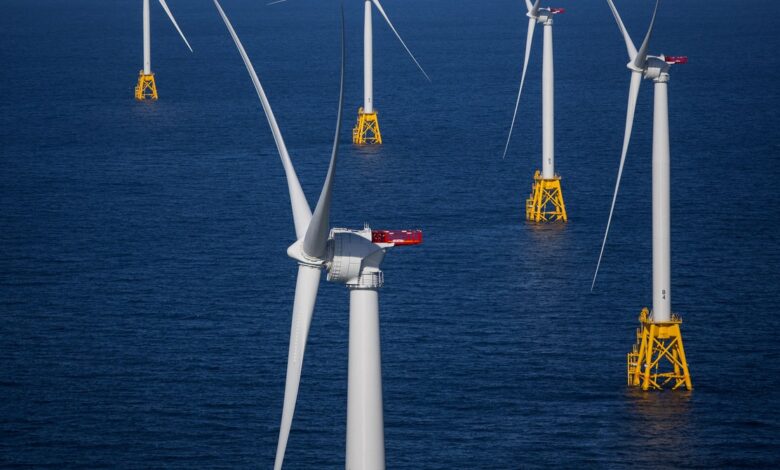US offshore wind farms are being choked by red tape

This article Republished from Conversation under Creative Commons license.
America’s first large-scale offshore wind farm Start sending messages coming to the Northeast in early 2024, but a wave of wind farm project cancellations and rising costs have left many doubting the industry’s future in America.
Several major players, including Ørsted, Equinor, BP and Avangrid, have contract is cancelled or seek to renegotiate them in recent months. The withdrawal means the companies face cancellation penalties from 16 million USD up to several hundred million USD for each project. It also led to Siemens Energy, the world’s largest manufacturer of offshore wind turbines, predict financial losses in 2024 about 2.2 billion USD.
Overall, projects that have been canceled by the end of 2023 are expected to have total capacity more than 12 gigawatts of electricityaccounts for more than half of the capacity in the project pipeline.
So what happened and can the US offshore wind industry recover?
I lead the University of Massachusetts Lowell’s Center for Wind Energy Science, Technology and Research (WindSTAR) And Energy Innovation Center, and monitor the industry closely. The offshore wind industry’s troubles are complex, but it’s not dead in the US, and some policy changes could help the industry find stronger footing.
A series of approval challenges
Get offshore wind projects licensed and approved in the US took many years and is rife with uncertainty for developers, more so than in Europe or Asia.
Before a company bids on a project in the United States, the developer must plan the procurement of the entire wind farm, including reservations for components such as turbines and cables, equipment construction and ships. Bids must also be cost competitive, so companies tend to bid low and unforeseen unexpected costs, which adds risk and financial uncertainty. main.
The American contractor won later buy an expensive ocean leaseCalculate costs in hundreds of millions of dollars. But it does not yet have the authority to build a wind project.
Before construction begins, the developer must conduct a site assessment to determine What kind of foundation? can be implemented and determine the scale of the project. The developer must complete an agreement to sell the electricity it produces, Determine the connection point into the power grid, then prepare the construction and operation plan, which can continue environmental assessment. All of that took about five years and that was just the beginning.
For a project to move forward, developers may need guarantees Dozens of licenses from local, tribal, state, regional and federal agencies. Federal Bureau of Ocean Energy Management, have authority regarding the leasing and management of the seabed, consultation with agencies with legal responsibilities for various aspects in the ocean must be sought, such as the armed forces, the Environmental Protection Agency schools and the National Marine Fisheries Service, as well as groups including commercial and recreational fishing, Indigenous Peoples. groups, shipping, harbormasters and asset owners.




